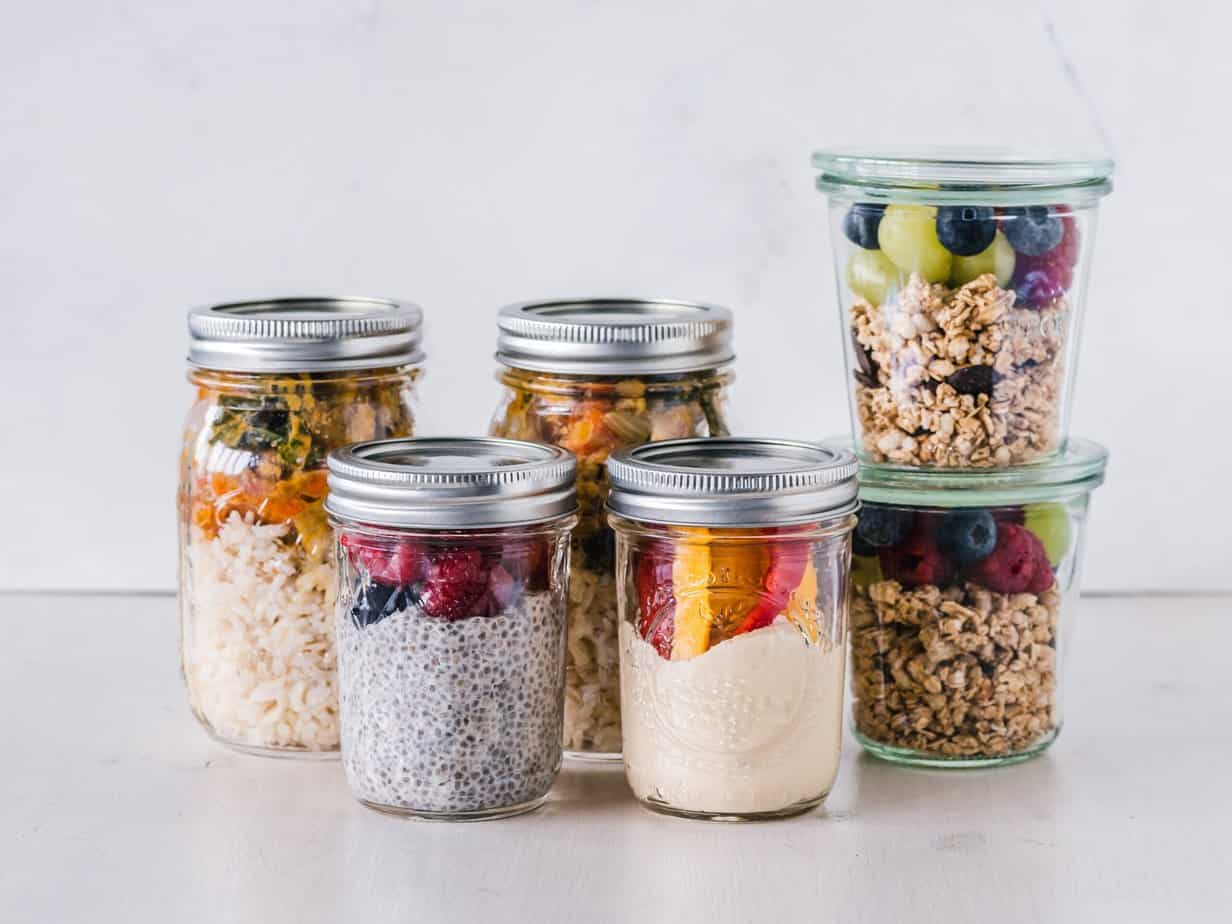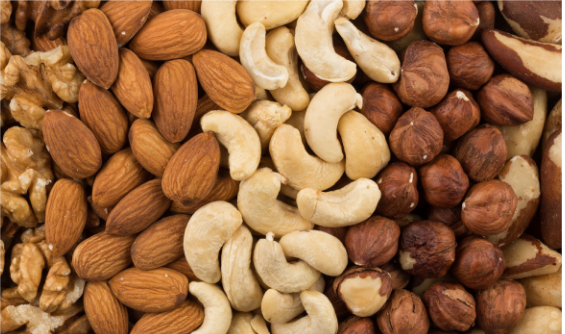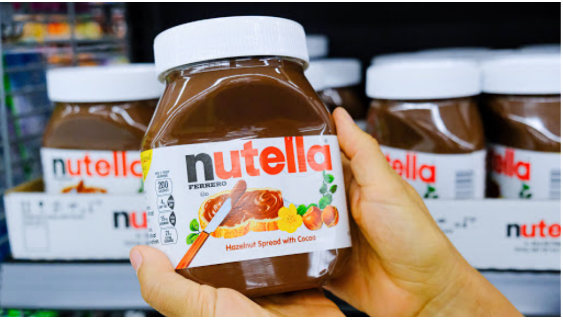Your cart is currently empty!
History Of Preservatives In Food
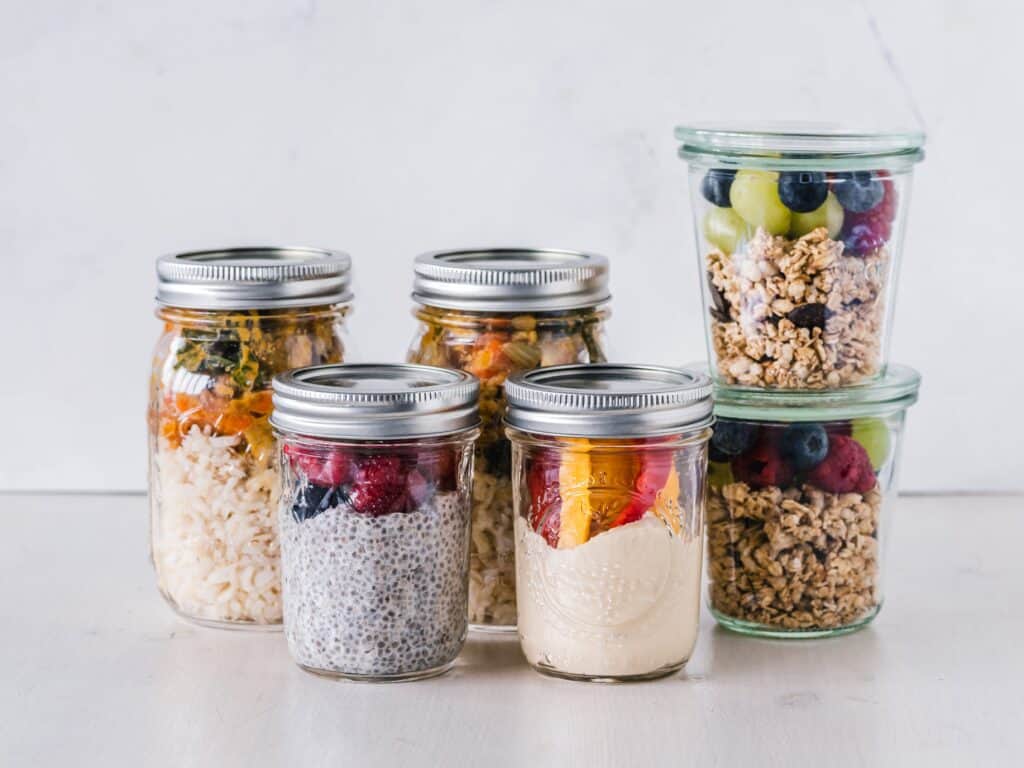 The history of preservatives in food is a long complex process. Regulatory authorities define food additives as regulated substances within the confines of the law. Unfortunately, definitions vary among jurisdictions. A typical definition of a food additive may be a substance that causes food to become a part of that food or to alter the characteristics of that food. A list of exceptions often follows because such a definition is vague and can include many substances not generally regarded as additives. Regulations are then required to control which additives can be added to which foods and at what levels they can be added to those foods in which they are permitted.
The history of preservatives in food is a long complex process. Regulatory authorities define food additives as regulated substances within the confines of the law. Unfortunately, definitions vary among jurisdictions. A typical definition of a food additive may be a substance that causes food to become a part of that food or to alter the characteristics of that food. A list of exceptions often follows because such a definition is vague and can include many substances not generally regarded as additives. Regulations are then required to control which additives can be added to which foods and at what levels they can be added to those foods in which they are permitted.
In the U.S. Code of Federal Regulations, Title 21-Food and Drugs (21CFR170.3), the following definition appears: “Food additives include all substances not exempted by section 201(s) of the act, the intended use of which results or may reasonably be expected to result, directly or indirectly, either in their becoming a component of food or otherwise affecting the characteristics of food.”
The WHO Codex
The Codex Alimentarius Commission (a joint Food and Agriculture Organization of the United Nations [FAO] and World Health Organization [WHO] organization established to develop uniformity of food standards for international trade) has defined a food additive as “any substance not normally consumed as a food by itself and not normally used as a typical ingredient of the food, whether or not it has nutritive value, the intentional addition of which to food for a technological (including organoleptic) purpose in the manufacture, processing, preparation, treatment, packing, packaging, transport or holding of such food results, or may be reasonably expected to result, (directly or indirectly) in it or its byproducts becoming a component of or otherwise affecting the characteristics of such foods. The term does not include contaminants or substances added to food for maintaining or improving nutritional qualities” (Codex Alimentarius Commission, 1999).
How These Definitions Vary
These definitions differ in their specificity, and exceptions to the definitions vary from country to country and trading bloc to trading bloc. These differences can be a source of confusion in the minds of the public. This is regarding what food additives are, as well as a source of nontariff trade barriers between countries.
In the United States, there are two categories of exemptions to the definition of Food Additives Amendment1958): prior-sanctioned items and GRAS (generally recognized as safe) items [21CFR170.3 (k, 1, n, and o)].
Indirect (Unintentional) and Direct Additives and “Carry-Over”
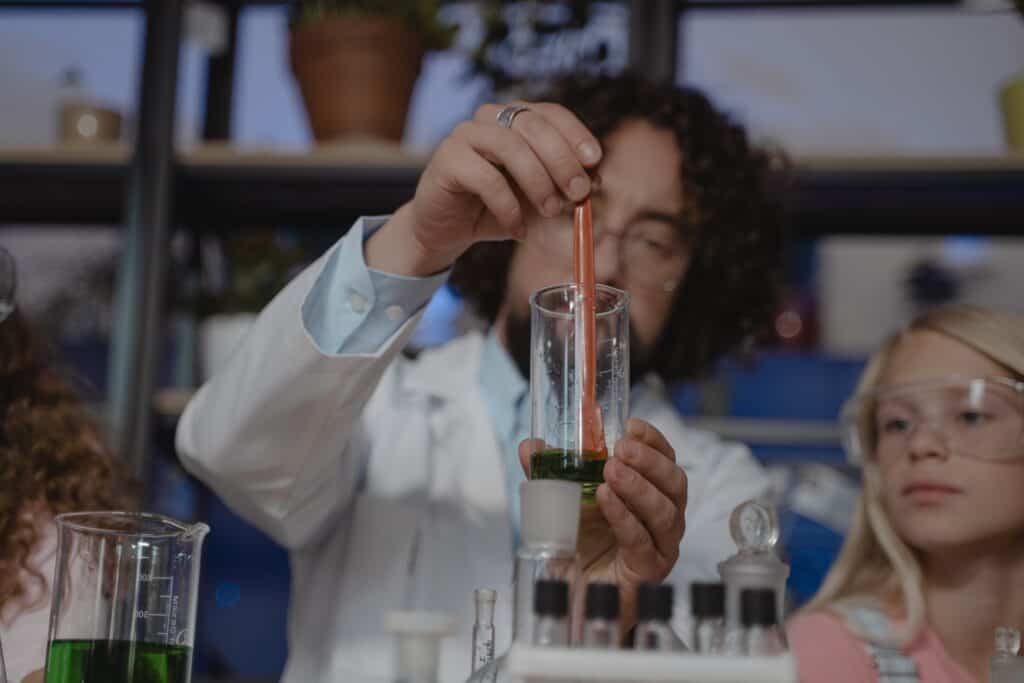
In addition to the definition of “additive” itself, there are also definitions of direct and indirect (unintentional) additives and the principle of carry-over. Natural additives are added directly to foods for a specific aesthetic or technological purpose. They are usually declared on labels.
Indirect additives usually become part of the food in trace amounts that are harmless to consumers and are present because of packaging, storage, processing, or handling. These are also referred to as unintentional additives.
Their presence in foods results from the principle of “carry-over,” that is, they are permitted agricultural chemicals used on farm products or accepted drugs and nutrients fed to animals. Such agrarian substances, even when used according to good husbandry practices, may end up in the food supply, or additives used as a component in ingredients may turn up in trace amounts in finished food products. Such substances are permitted only if the substance was allowed in the raw material or ingredient initially; the amount in the raw material does not exceed the maximum amount permitted in the raw material or ingredient, and the amount carried over into the food does not exceed that expected by good manufacturing practice.
Substance History of Preservatives In Food
Substances have been added to foods to achieve some desirable characteristic in a finished food product for many hundreds, if not thousands, of years. For example, salt has been used to preserve hams as well as some hard sausages and salted cod; to flavor foods; and to control the fermentation of a variety of vegetables such as sauerkraut and sauerrüben (fermented rutabagas), and fish products (for example, rollmops, Bismarck herring, fish sauce, Malaysian music-mam, shrimp paste, belacan, and anchovies). Historically, bakers used fats to “shorten,” that is, lubricate, dough for certain baking products. In these two examples, salt and certain fats have been used as processing aids.
Spices, herbs, and some vegetables were added to foods to develop unique and pleasing flavors and, in some cases, to enhance or preserve foods. For example, Hart-ley, in Food in England, describes claims made by cider processors that straw mats (processing aids) used to separate layers of apples in presses for cider making produced the best cider because of the minerals drawn up by the straw from the soil. There are many kinds of leavening agents used in baking: yeast, sourdough starter cultures, baking soda, and an acid (for example, soured milk) for soda bread, or commercially prepared baking powder which contains the previous two agents (plus others) together in one mix. Salts of sulfurous acid (sulfites) are used to control the fermentation of grape musts and were also used by fraudulent butchers to give a fresher, brighter appearance to ground meats.
Prior to Food Science
Prior to the development of food science and before the establishment of a rigorous system of food inspections, food manufacturers and food retailers often took advantage of this lack of suitable analytical methods for food products by mixing adulterants into foods to deceive consumers. Elisa Maria Rundell, in her book, A New System of Domestic Cookery, describes a procedure to determine whether bread has been adulterated with whiting or chalk, commenting that this type of adulteration was common practice.
A. H. Hassall, an early food analyst, determined that much of the coffee sold in England had, as “additives,” chicory, roasted wheat, burnt sugar for coloring matter, beans, and potato flour. An earlier chemist, Fredrick Accum, started one of the first training centers in practical (analytical) chemistry in England and reported such fraudulent practices as mustard adulterated with radish seed, vinegar sophisticated with sulfuric acid, cream enhanced with rice powder and arrowroot; cayenne pepper laced with red lead; and confectionery colored with vermilion (mercuric sulfide). The work of Accum, but primarily that of Hassall, led directly to the passing of food legislation preventing the adulteration of foods and drink in the U.K..
The Opinions Of Masses
In many people’s minds, however, food additives are considered to be a suspicious, comparatively modern invention created in large part by food manufacturers to cheapen products and hoodwink the public.
In earlier times, there was some truth to this suspicion. Today, this is far from the reality. There was, and is, an absolute need for improved processing aids to satisfy the demands of consumers for attractive, tasty, safe food products of uniformly high quality as well as for new products.
In the United States, individual states were the first to develop food legislation and a system of food inspection. In terms of federal legislation, the Federal Food and Drugs Act of 1906, popularly known as the Pure Food Law, for the prevention of adulteration of foodstuffs, was passed and came into force on January 1, 1907. It dealt mainly with adulteration and misbranding of foods.
The Need for Additives
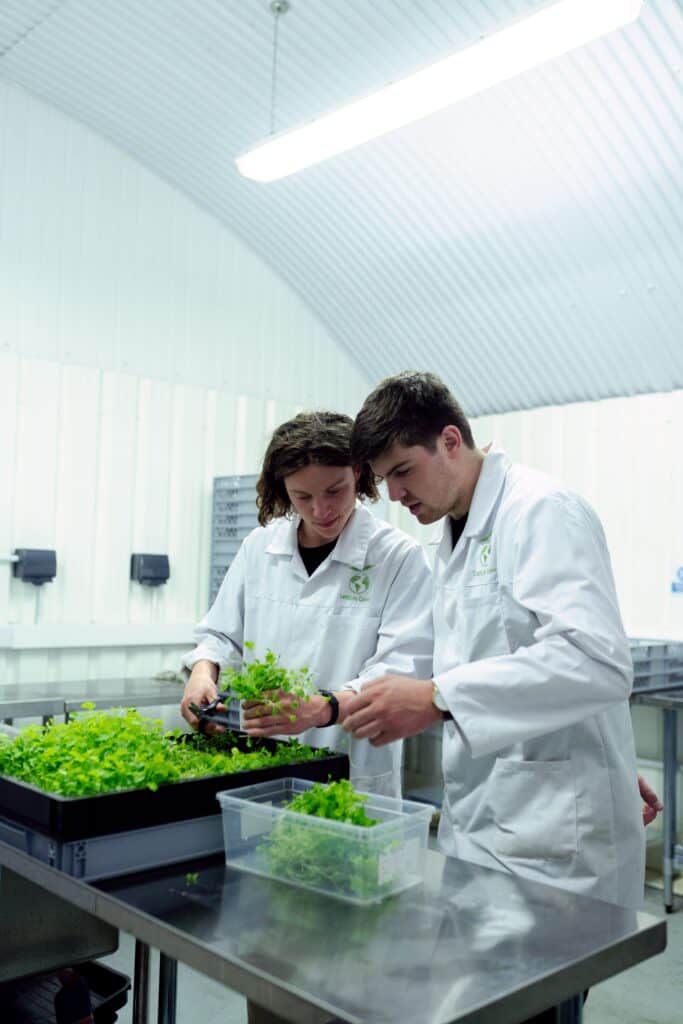
Using such natural products as apple skins or lemon juice as food processing aids causes problems in large-scale manufacturing situations. First, the desired active ingredients in natural products are not consistent in quality, properties, versatility, or concentration in their natural state. Furthermore, they may bring both undesirable flavor attributes associated with their source to the finished product, as well as microbiological contamination. For example, using orange or lemon juice to acidify a food inevitably brings the flavor of oranges or lemons, which may not be desired in the finished product. It would be the rare householder who would want to make her own red color by crushing the dried insect used to create an extract of cochineal for baking or candy making.
Consumers who shop for groceries only once a week or even only once every two weeks still want their food purchases to remain as fresh, wholesome, and safe as the day they were purchased. The consumer’s demand for manufactured, prepared foods that have a high uniform quality with good shelf life characteristics and are as close to the natural state as possible has been the primary determinant for an increase in the use of additives. Additives preserve color and flavor as well as maintain safety and nutritive value throughout both processing and the product’s shelf life.
Dietetic Foods And Additives
The box above lists some quality characteristics consumers prefer that require food additives to be added to foods. For example, in dietetic foods (low-salt, low-fat, low-sugar, or lactose-free foods), there must be some alternative substance (an additive) to replace the taste impact that salt provides or to provide the mouth feel found in full-fat foods to replace the sweetness provided by sugar, or to remove (along with the enzyme lactase) the lactose inherent in milk products. Hence, there was a need for new additives that were either synthesized de novo, extracted and purified from natural sources (these additives are termed “nature identical”), or modified chemically to provide unique properties not found with nature-identical substances, for example, modified starches.
Some of these properties are resistance to heat and acetic acid. They are in constant viscosity in sauces during prolonged heating or without protracted storage. Unique textures such as creaminess, pulpy granularity, or gelatinization for “instant” rice. Thus, along with consumers’ desire for a decreased use of additives, there is also a need for newer and more effective additives.
Classification and Functions of Additives
Additives perform a specific and necessary aesthetic or functional role in foods. If they did not have a purpose, no government would have considered allowing them.
Food producers actively employ additives in various foods, where these additives serve multiple functions. In addition to their flavoring and nutritive properties, some herbs, spices, vegetables, and vitamins added to foods have other functional properties as processing aids. For example, both vitamin C (ascorbic acid) and vitamin E (tocopherols) serve as excellent antioxidants. Food producers use them to remove oxygen and prevent oxidation, thereby extending the shelf life of many products. People have long used garlic for its antimicrobial properties. Thyme and oregano contain thymol, which has a wide spectrum of antimicrobial effectiveness.
Classifying additives by the purpose for which people add them to foods is the only practical way.
Colors In The History Of Preservatives In Food
Designated for specific applications in aqueous or oily foods are colors. Colors come in two overall types: water-soluble or oil-soluble (see Carriers, extractants, and solvents). There are three categories of colors: natural or nature-identical, synthetic, and inorganic. Natural or natural-identical colors (colors extracted from natural products or synthesized to resemble their natural counterpart) have two disadvantages. They are frequently mixtures and are, in general, not as stable in foods as the synthetic colorants.
The color of many changes with the acidity or alkalinity of the food to which they are added. They are susceptible to breakdown by oxidation and heat. Food manufacturers prefer synthetic colors as colorants, but questions about their safety have arisen in the past. As a result, there is widely varying acceptance of their use in many foods by different countries. Inorganic colorants are very stable but have limited use in foods such as sugars, jams, and confectionery.
In most instances, governments, working closely with food manufacturers and with the advice of experts, have established minimal, acceptable levels of usage in practice for colorants, according to “good manufacturing practices.”
Enzymes

Enzymes are biological catalysts that can break down specific materials (substrates). They do this into simpler components or cause changes in the substrate’s structure.
Carbohydrases break down complex sugars (for example, starches, cellulose, lactose, maltose, and so on) into simpler sugars (saccharification). Lipases break down fats into glycerol and fatty acids. Proteases break down proteins into their constituent amino acids. Preservatives and oxygen-scavenging enzymes, in particular, remove dissolved oxygen in plant tissues or headspaces in packages. Enzymes were a breakthrough in the history of preservatives in food.
Natural sources provide many enzymes, such as rennet from the stomachs of calves, sheep, and goats; bromelain and papain from pineapples and papaya, respectively; ficin from the latex of fig trees; and pancreatin from the pancreas of pigs and oxen. However, researchers derive an ever-growing number of enzymes from microorganisms such as Bacillus subtilis. This is a variety of molds, especially Aspergillus varieties and yeasts.
Carriers, Extractants, And Solvents
Scientists use carriers and extractants to extract flavor compounds from spices and herbs. They produce oleoresins with this. They also produce tea leaves, coffee beans, and other soluble drinks from this. The scientists will even go as far as preparing hops or cocoa powder with this method. In their work, they will extract fats and oils from seeds to dissolve dyes and flavorings. They then use the leftovers as a carrier to add to other foods.
Sweeteners
There are two types of sweeteners: caloric sweeteners that provide minimal calories (usually only 1 or 2 calories) based on their sweetening power compared to that of sucrose, the sweetener they are replacing, and noncaloric sweeteners, which provide no calories. In U.S. regulations, the term “non-nutritive sweeteners” refers to caloric sweeteners as defined here. Further definition categorizes these substances as “having less than 2 percent of the caloric value of sucrose per equivalent unit of sweetening capacity.”
Preservatives
Users employ a wide range of additives to prevent or delay spoilage. They closely restrict their application concerning the specific foods and levels allowed. Good manufacturing practice generally permits the use of some preservatives. This includes acetic acid, wood smoke, ascorbic and erythorbic acids. This also includes lecithin (a component of egg yolk and soybeans), citric acid, and tartaric acid. However, some asthmatics can experience serious problems due to sulfurous acid and its salts (sulfites), and regulations allow only the use of low levels.
Researchers have determined that nitrite and nitrate salts, employed in meat curing, can be potential sources of cancer-causing agents. They say that regulations permit only minimal levels of their usage. Things like peanuts do not require preservatives because they naturally last so long.
Bleaching, Maturing, And Dough Conditioning Agents
Bakers use these agents to whiten flour and enhance its baking characteristics (maturing and conditioning) in various bakery products.
Anticaking agents
These agents reduce the tendency of granulated products (dry mixes, dried egg powders, salt, and so forth). They stick together and help them keep their free-flowing properties.
Emulsifying, Gelling, Stabilizing, And Thickening Agents
Food producers use emulsifying agents to form stable mixtures of oil and water or oil and vinegar. Gelling, stabilizing, and thickening agents form soft-gelled structures, thicken suspensions of particulate foods, prevent their separation, and provide mouth feel as bulking agents in low-calorie foods. Experts utilize emulsifying agents to prevent or slow down crystallization (staling) in foods.
Firming Agents
These agents prevent or inhibit the softening of processed fruits and vegetables. This is especially true during the process of canning, in which they receive a severe heat treatment. This is one crucial agent in the history of preservatives in food.
Glazing And Polishing Agents
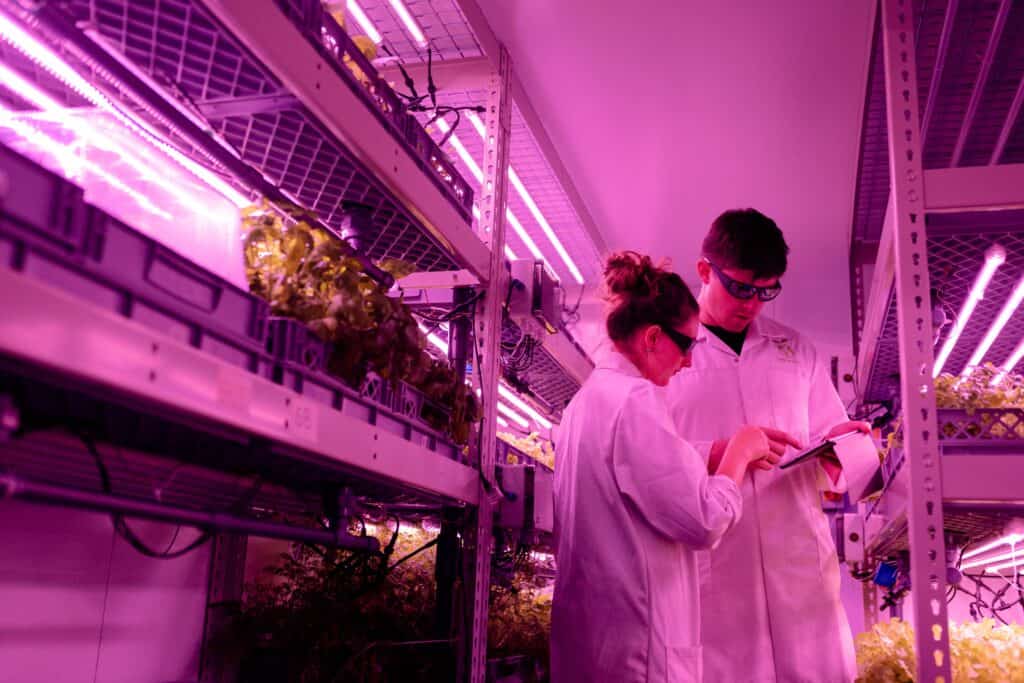
These agents put a protective surface or coating or polish on a food. The agents are used particularly on confectionery products but also some vegetables and fruits.
pH-Adjusting, Acid-Reacting, And Water-Correcting Agents
These agents maintain the acid-alkali balance (that is, pH) of foods at a desired level. To thermally process (can) delicate products like artichokes, it is necessary to acidify them. This ensures a less severe heat process. The usual high temperatures used for canning vegetables would otherwise destroy their shape and texture. Leavening agents also require acids to release carbon dioxide.
Sequestering Agents
These agents act as sponges to gather or reduce in concentration any trace metal ions (especially copper and iron) that might, for example, promote oxidation or otherwise cause spoilage in foods. They improve the quality, color, and stability of canned products.
Starch And Yeast In The History of Preservatives In Food
Individuals use starch agents to modify the properties of mixes, sauces, and custards. Starches are a great example of thickening for any food product.
Individuals will use yeast agents in the fermentation process of food. This is in preparation for the inoculum. A highly concentrated suspension of yeast constitutes an inoculum. People will add this to malt mashes for beer-making. They will also add it to bread doughs and other areas for further fermentation.
Miscellaneous additives
Propellant gases for the dispensing of foams or aerosol foods are also additives.
Regulation, Control, And Safety Of Food Additives

Countries with well-developed food manufacturing industries have food legislation and associated regulations governing the use of food additives. In trade, regulations between countries may differ. Countries may allow conditional entry (where safety is not a concern) requiring relabeling of an offending product. Countries also may specify compliance with Codex Alimentarius Commission standards before permitting importation.
The process for revoking approval or modifying the conditions of approval of existing food additives or for approving new ones varies from country to country. Scientists will notice problems of public health emerge that they attribute to the use of an additive. A panel of experts will use this information to assess the fields of epidemiology and toxicology. They may have any questions of safety regarding the use of the prior approved additive. If so, they will make a further evaluation. They must make an evaluation of the risk/benefit problems associated with the Institute of Food Technologists. The experts did an exact assessment of the use of nitrate/nitrite salts in cured meat products. This is an excellent example of exactly that.
Further Concern For Safety
Banning the use of the salts in cured meats would do a lot. It would most certainly expose the consuming public to the greater danger of botulism poisoning. The absence of these salts would permit the growth of Cl. botulinum. This would be in the cured meat and certainly the associated development of the botulinum toxin. On the other hand, these salts are also able, under some circumstances, to form nitroso-compounds, which are very active carcinogens.
However, there are general principles to guide the use of food additives and the assessment of new ones. Panels of expert specialists first assess the safety of each additive and then permit it for use. It is up to the petitioner to use an additive to supply toxicological data to the government-appointed panel. The specialists make evaluations based on a generally accepted protocol. They make sure that they test the toxicological effect of the additive. The specialists require animal testing to determine the levels of toxicity, which they use to determine the human toxicity levels. They decided whether the additive was substantially the same as the natural prior sanctioned or GRAS product. If that is the case, they will not require animal testing.
Analysts Path To Toxicity Safety
Analysts submit toxicity data for evaluation based on an assessment of exposure. This date will determine the level of exposure. This influences the level used in foods. That level remains in the food after processing. The goal is to keep a minimum level for the most desired effect. Age and gender affect the dose level as well. The physical state of the individuals, allergies, and diet requirements will also affect the dose level. Scientists use the frequency of eating the food and the composition of the rest of the diet to consider the toxicity level.
Analysts regularly view prior sanctioned additives for safety. Submissions for the approval of new additives may take several years and cost the petitioner hundreds of thousands of dollars. The agencies do not take such submissions lightly. The consumer’s demand for innovative foods with new properties and enhanced safety will certainly see the food industry develop more. They will create the demand for functionally better safe additives. This shows the complex history of preservatives in food.
Blog Assisted By rzwilliams.com

